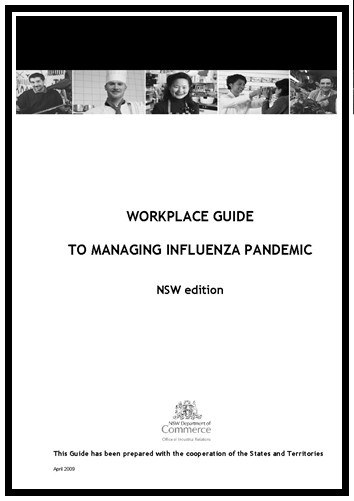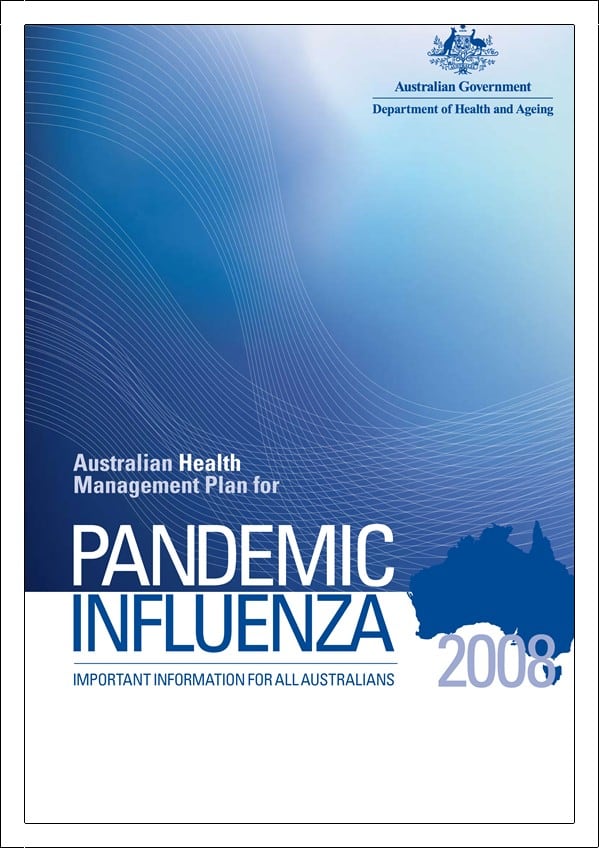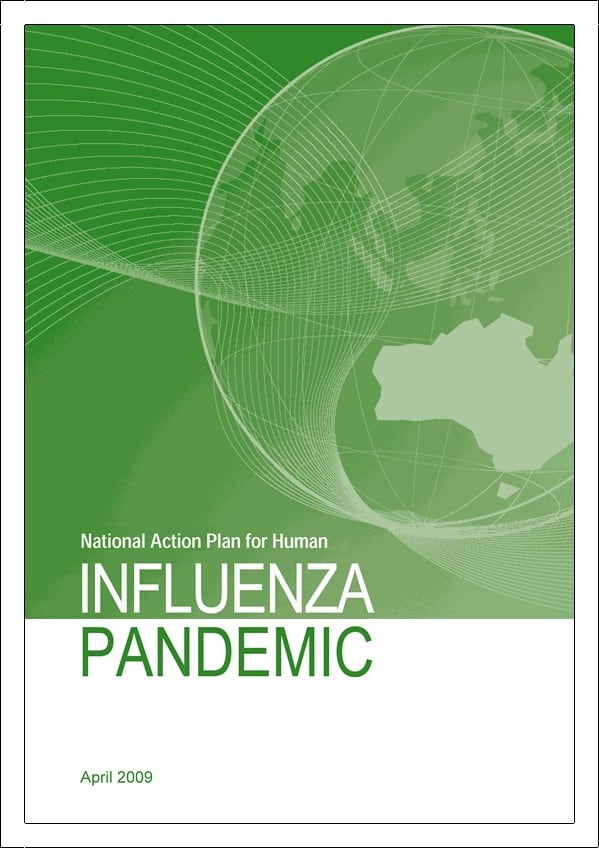On the evening of 2 June 2009, the ABC TV show “Lateline Business” ran a short item on the business continuity issues associated with Australia’s swine flu outbreak. Not much that was said was new but it proposed an interesting scenario for those people who manage aged care facilities where a potentially virulent illness could harm residents who it may be difficult to isolate or quarantine.
Michael Tooma of Australian law firm, Deacons, spoke briefly to remind viewers that health and safety were important legislative obligations that relate to illnesses, such as swine flu. Interestingly he provided a rule-of-thumb scenario on business continuity. He asked whether a business could continue to operate with 20% less staff, a 20% reduction in logistics services and 20% less customers, if the swine flu realises its potential.
Most of the speakers spoke from the current position that Australia is suffering from a “mild” case of this virus. The story would be considerably different if Australia suffered its first swine-flu fatality, as have other nations. One death and the terminology will change.
A video of the segment is available to view online.




 The trap for producing localised guides is that recommendations may be made that are out-of-place, difficult to implement and, ultimately, question the credibility of the document. WorkSafe fell for this trap by specifying some recommendations for the legitimate control measure of “social distancing”.
The trap for producing localised guides is that recommendations may be made that are out-of-place, difficult to implement and, ultimately, question the credibility of the document. WorkSafe fell for this trap by specifying some recommendations for the legitimate control measure of “social distancing”. The guide does recommend social distancing as part of a risk management process but “prohibiting handshaking, kissing and other physical contact in the workplace”? “Discontinuing … informal spontaneous congregations”?
The guide does recommend social distancing as part of a risk management process but “prohibiting handshaking, kissing and other physical contact in the workplace”? “Discontinuing … informal spontaneous congregations”?